What is art? Is it an object, a subject, or a state of being? Is it something tangible and finite, or is it ethereal and elusive? Is art a social construct – a way we react to something based on how we’re taught – or is it something much more intimate, raw, and inherently personal?
There are many ways to define art, and likely all of them hold some semblance of truth. If nothing else, we can definitively say art is deeply iterative and ever changing; it constantly evolves as a direct reflection of our humanity. For me, I see art in lots of things. I see art in literature, in reading a thoughtful collection of words and being transported into another reality, into another person’s heart and soul[1]. I see art in the beauty of a long conversation with a dear friend, in our ability to swap individual stories and yet simultaneously build common connection. And I see art in nature, in the calming cascade of a riverbed or in the enchanting dappled colors of an early morning sky.
Indeed, when I stop and think about it, I ultimately view art as the synthesis of three distinct things: A sacred beauty, a deep sense of authenticity and truth, and an unapologetic declaration of our shared humanity.
All this to say, I’m pretty open when it comes to art. While I wouldn’t call myself an “art connoisseur” by any means, I do have a strong sense of empathy and profound appreciation for multiple perspectives and ways of being. Several summers ago when I was still a traditional classroom teacher I attended what I like to refer to as “grown-up art camp” at the Smithsonian American Art Museum where I convened with educators across the country for a weeklong deep dive into practices focused on blending traditional education and art. The program was absolutely phenomenal, and not only did I learn a lot about interpreting art and using it as a vehicle for deeper analysis and educational subject exploration, but I also further recognized something fundamentally true about myself: I am a deeply curious person who greatly appreciates learning, asking thought-provoking questions, and surrounding myself with things I don’t – and maybe even can’t – fully understand.
With this context in mind, Cam and I recently decided to make a somewhat unusual pitstop during one of our recent day trips. Now by “unusual” I don’t imply that this specific detour was particularly unexpected or unconventional across the board, but it isn’t something that traditionally falls in our typical itinerary: We visited the Franconia Sculpture Park.
For those of you who don’t know[2], the Franconia Sculpture Park is[3] “the preeminent artist-centered sculpture park in the Midwest[4].” Located in the picturesque St. Croix River Valley, Franconia functions as a 50-acre outdoor museum, a vibrantly active artist residency program, and an immersive center of community arts programming for a diverse and engaged public.
Still unsure of what Franconia is based on that description? Allow me to enlighten you: It’s basically a massive garden with some really intense, really out there artsy fartsy sculptures[5].
The Franconia Sculpture Park believes that art has the power to change the world. And, if I’m being honest, so do I. And yet even with this shared sentiment, I think what most tripped me up is the specific style or vehicle through which we individually believe that change is executed.
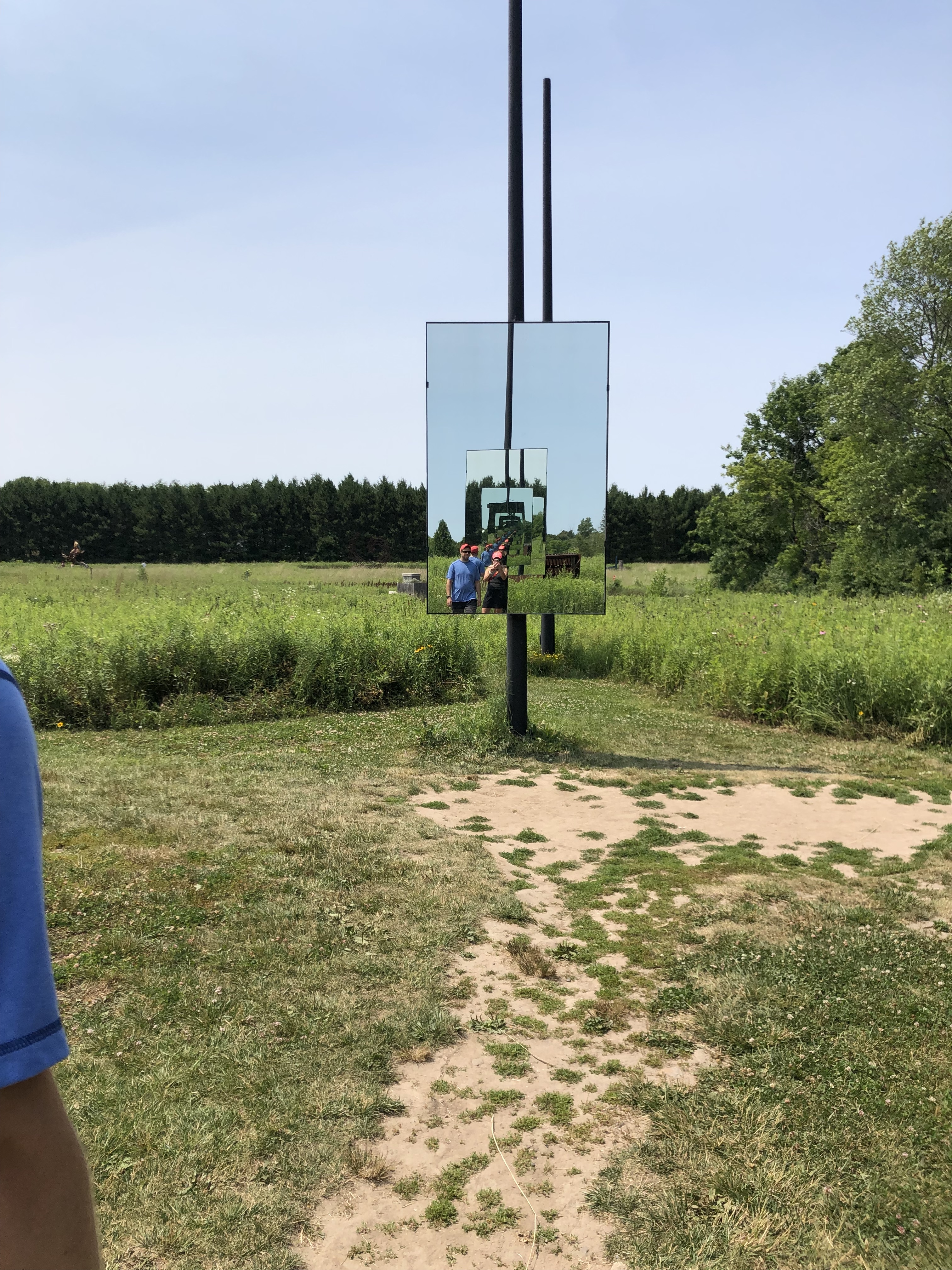
Founded in 1996, Franconia offers physically and intellectually wide-open spaces dedicated to inspiring new ways of thinking through access to contemporary sculpture, installation, and land art. The outdoor museum strives to cultivate critical dialogue between artists and consumers, and it whole-heartedly endorses avantgarde style through the production and presentation of new, highly experimental work. According to its larger mission, the Franconia Sculpture Park proposes creative solutions to the problems of today and tomorrow and is both highly responsive to and reflective of the rapidly changing world we all share.
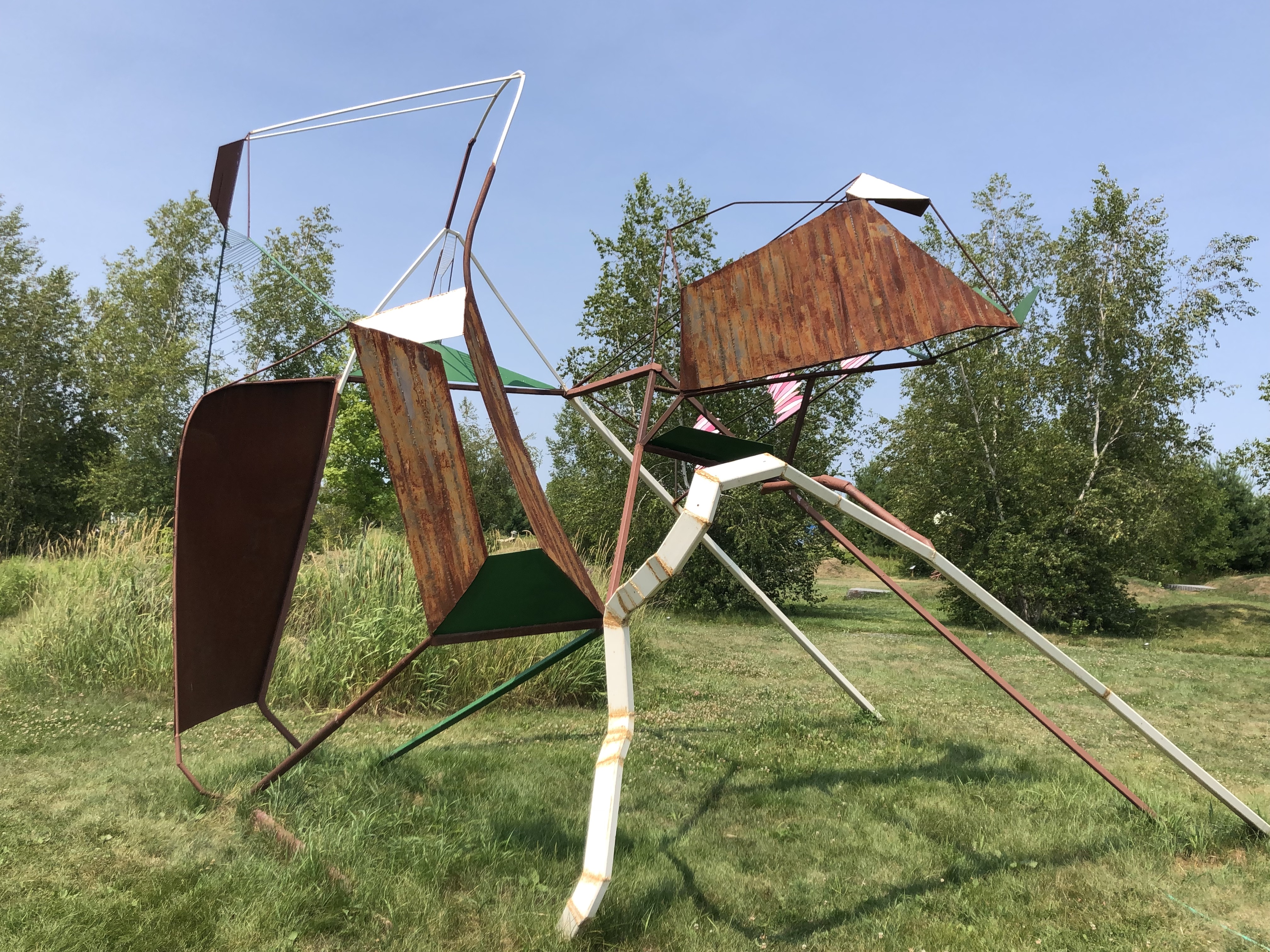
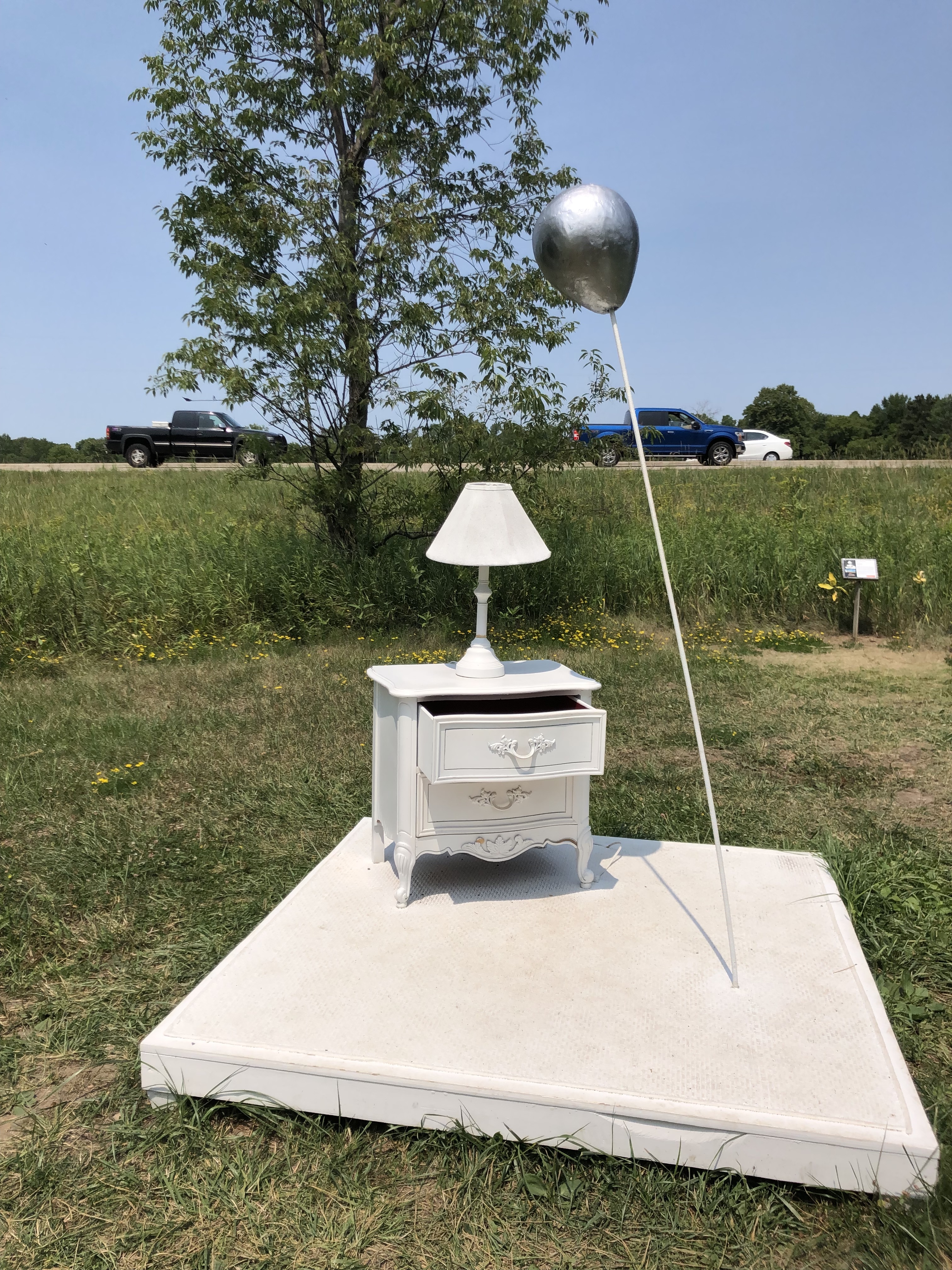
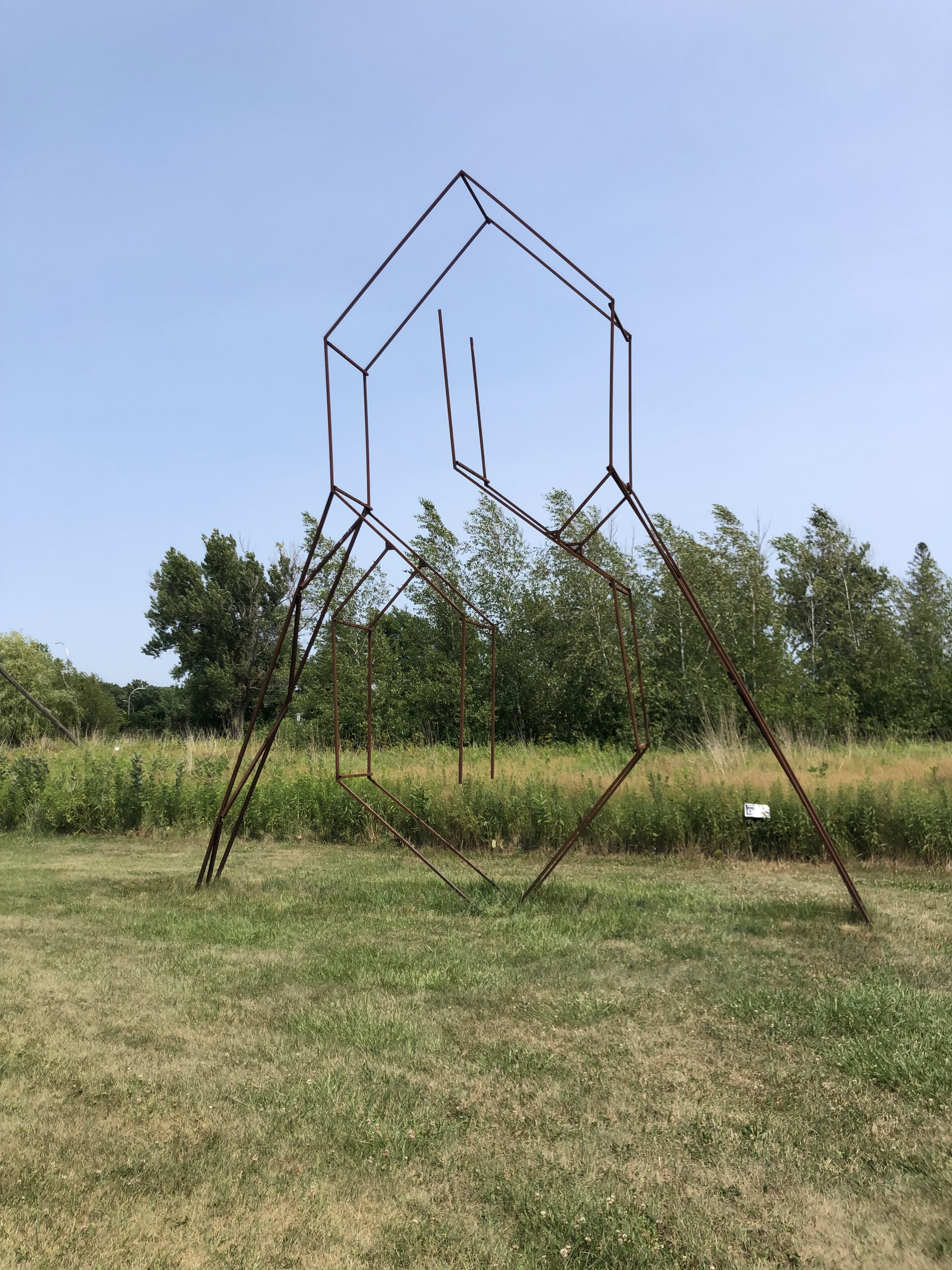
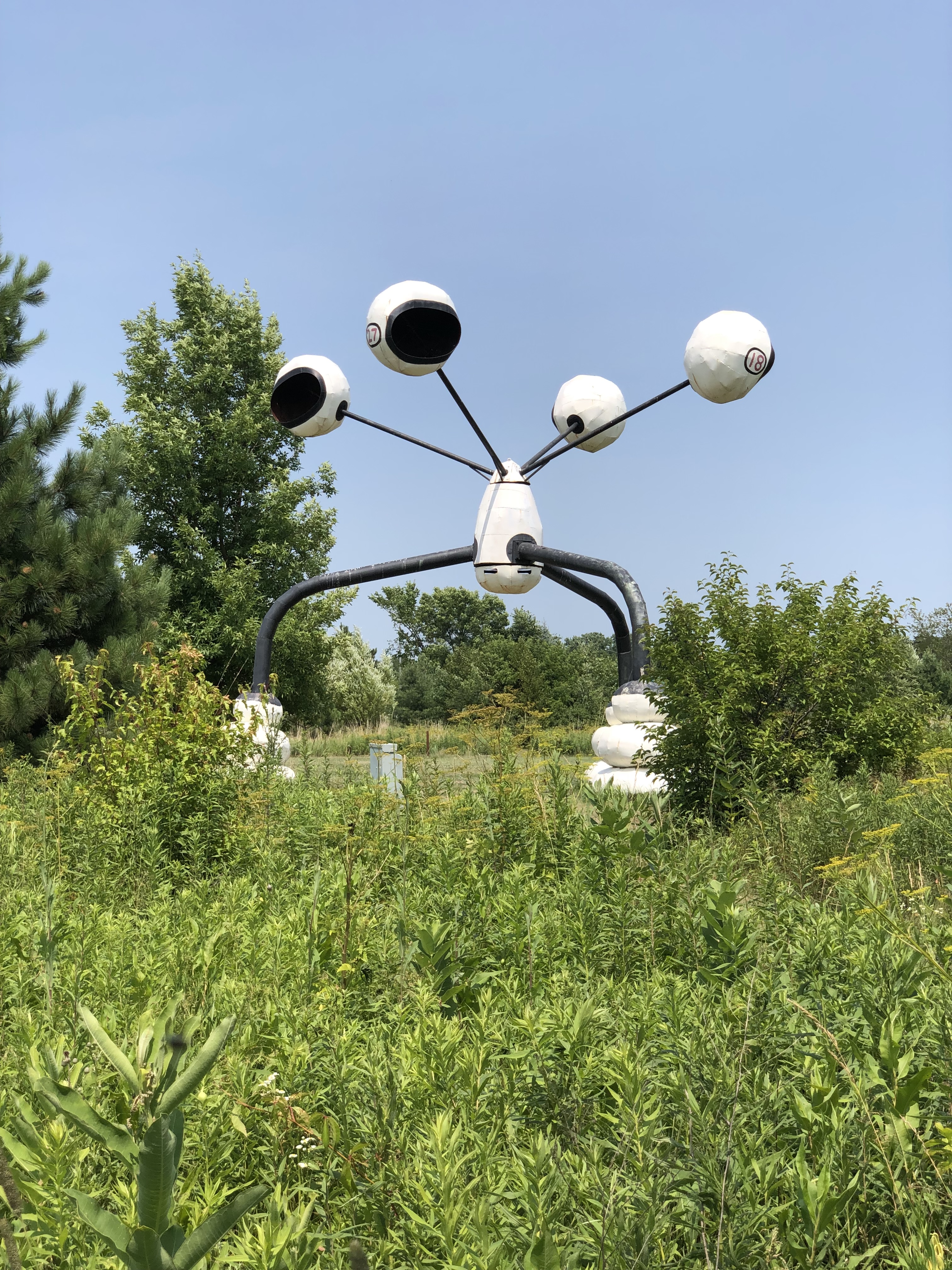
Walking through this 50-acre garden, one word immediately – and repeatedly – came to mind: Unconventional[6]. Franconia is nothing if not highly eccentric and deeply irregular. From sunken disheveled bathtubs to floating ramshackle shanties to massive nightmarish metal structures that left me feeling decidedly unsettled and deeply disturbed, Franconia is certainly… unconventional in nature. But don’t take my word for it: Let the pictures do the talking!
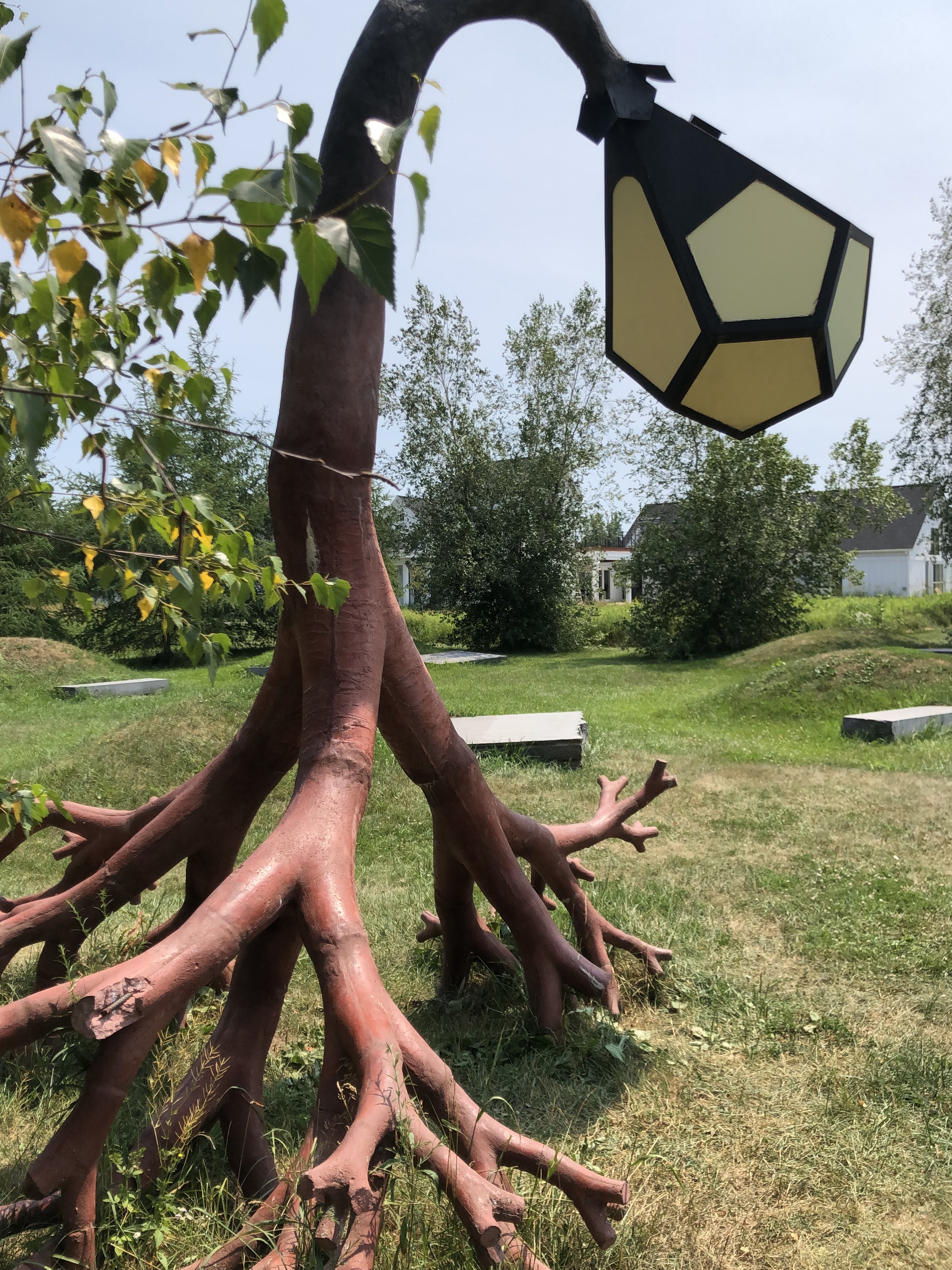
So, was the Franconia Sculpture Park my metaphorical cup of tea? Absolutely not. But did it place me starkly outside my comfort zone, prompt me to try something unfamiliar and new, and – at least in some ways – reframe my perspective not only of what’s possible but also of what is authentic and compelling to other human beings? Absolutely. Even if I personally don’t “understand” Franconia I understand that other people appreciate it, and that is enough for me. We don’t all have to speak the same languages, carry the same viewpoints, or march to the same drumbeats in order to more deeply understand that we all share something similar at our deepest, most foundational core: We all long to create. We all long to understand. We all long to belong. We all long to be free.
And while the definition of “art” certainly looks different for each of us, I think we can all agree on one thing. If we define art as a sacred beauty, a deep sense of authenticity and truth, and an unapologetic declaration of our shared humanity, then – whatever it may look like on an individualized level – it is the very essence of who we are, and we all share a deep responsibility to cultivate more of it in life.
In fact, our lives may depend on it.
[1] What can I say? Once an English major, always an English major.
[2] Because I wasn’t aware until I looked it up…
[3] According to its website.
[4] #HumbleBrag.
[5] My words, not the website’s. Although I’d argue that this sort of cheeky self-awareness could be a highly effective marketing approach… Just saying.
[6] Actually, let’s be honest, a whole litany of unfiltered words came to mind, many of them followed by question marks and expletives.
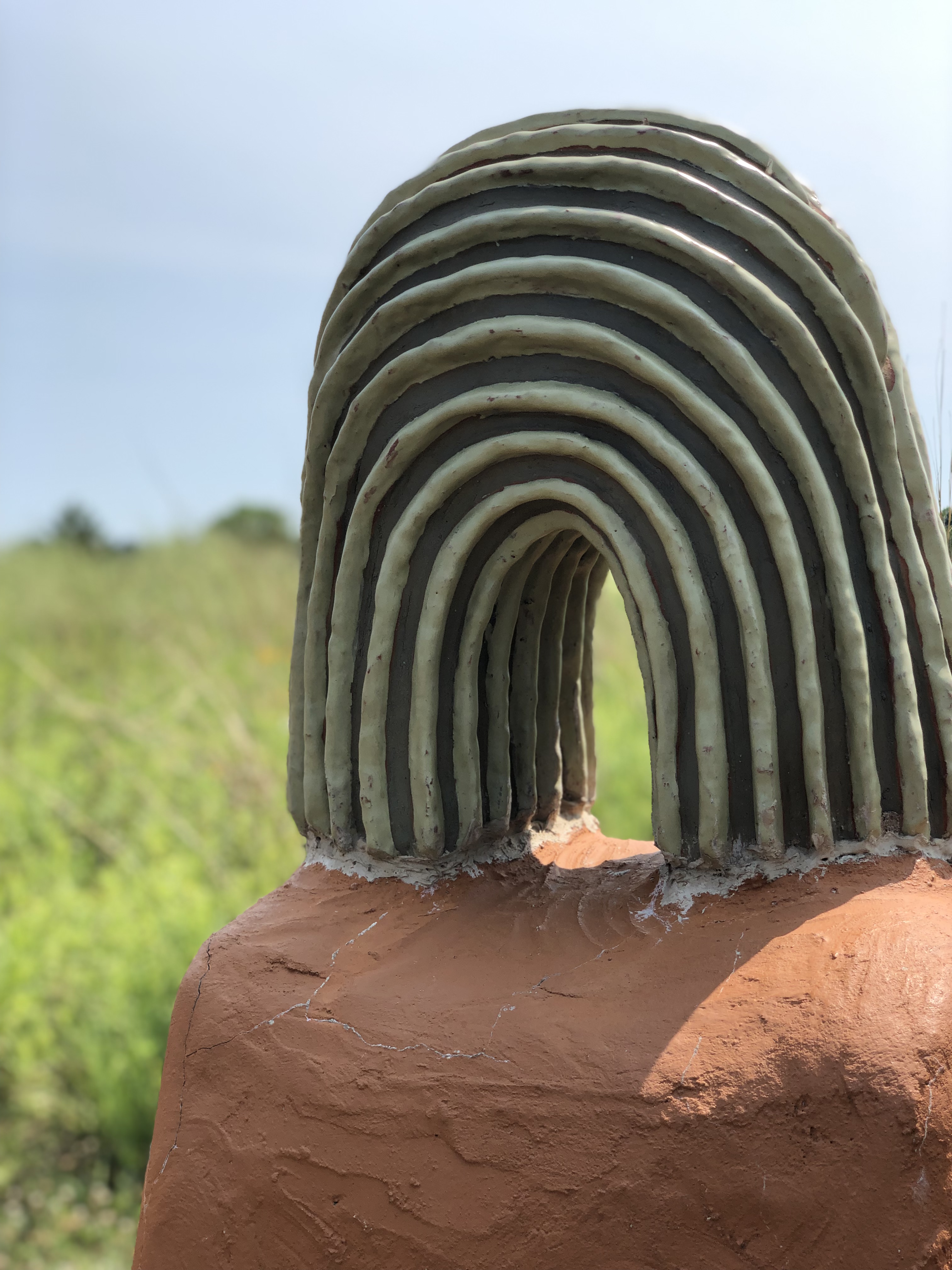
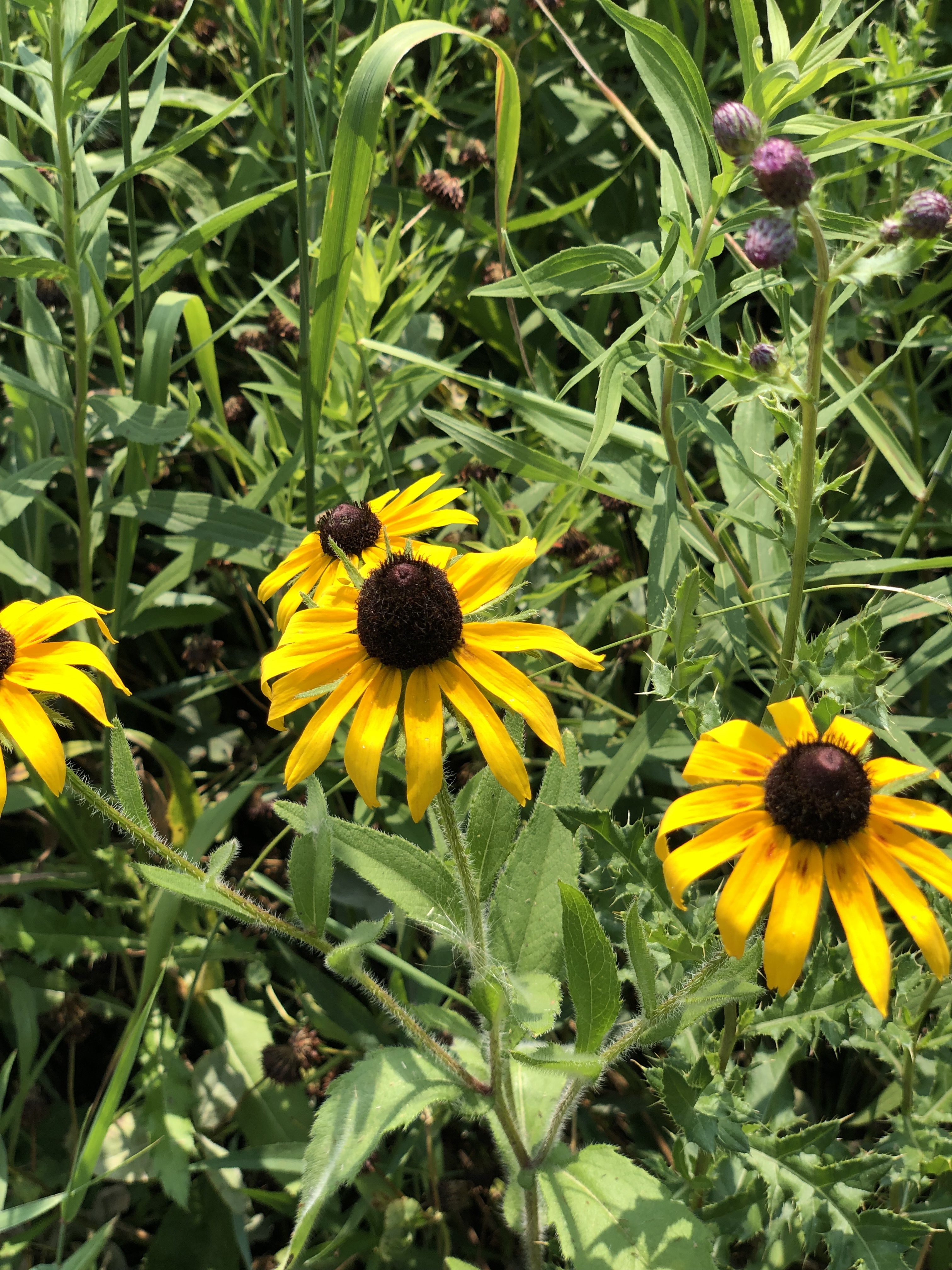
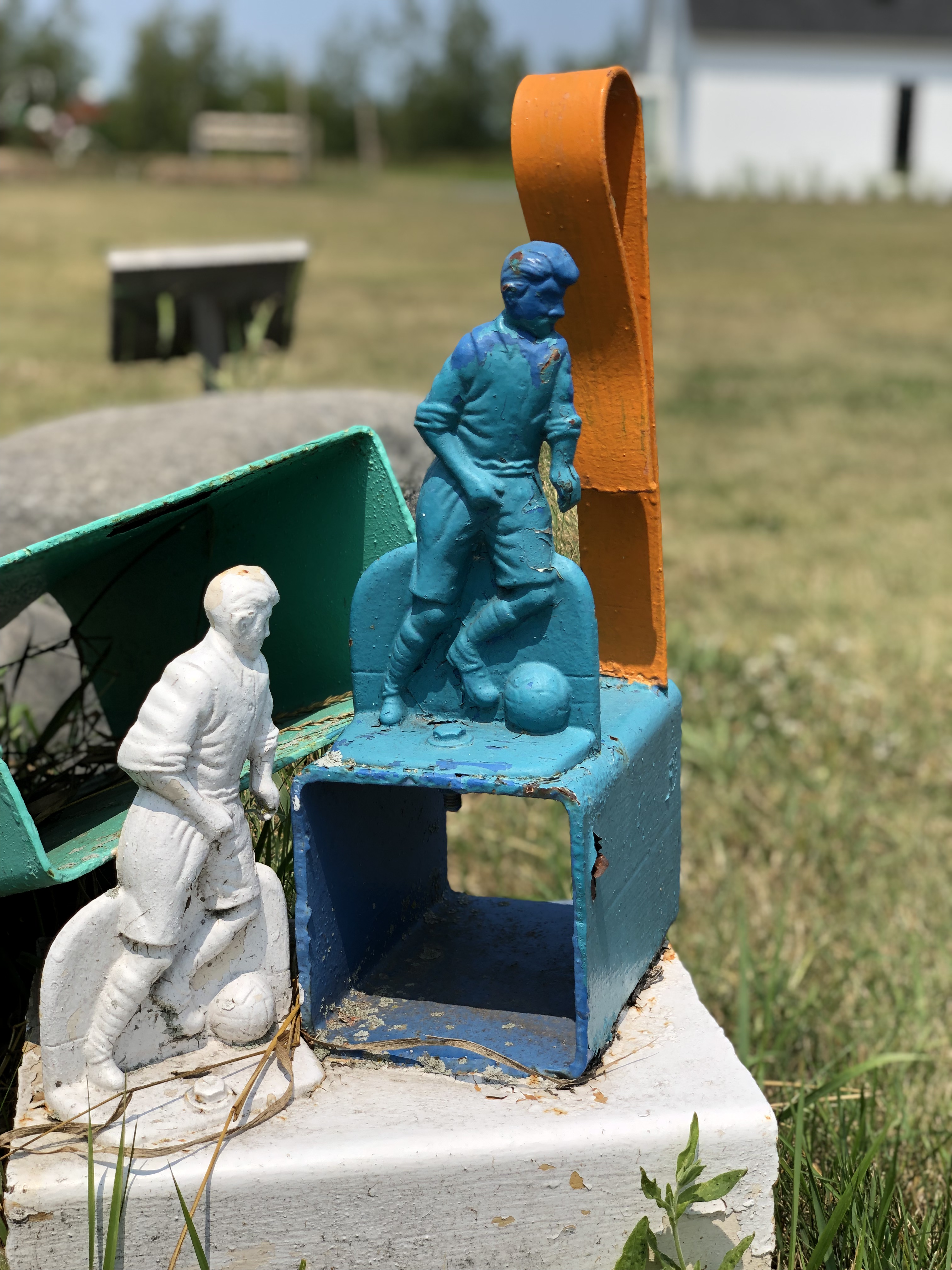
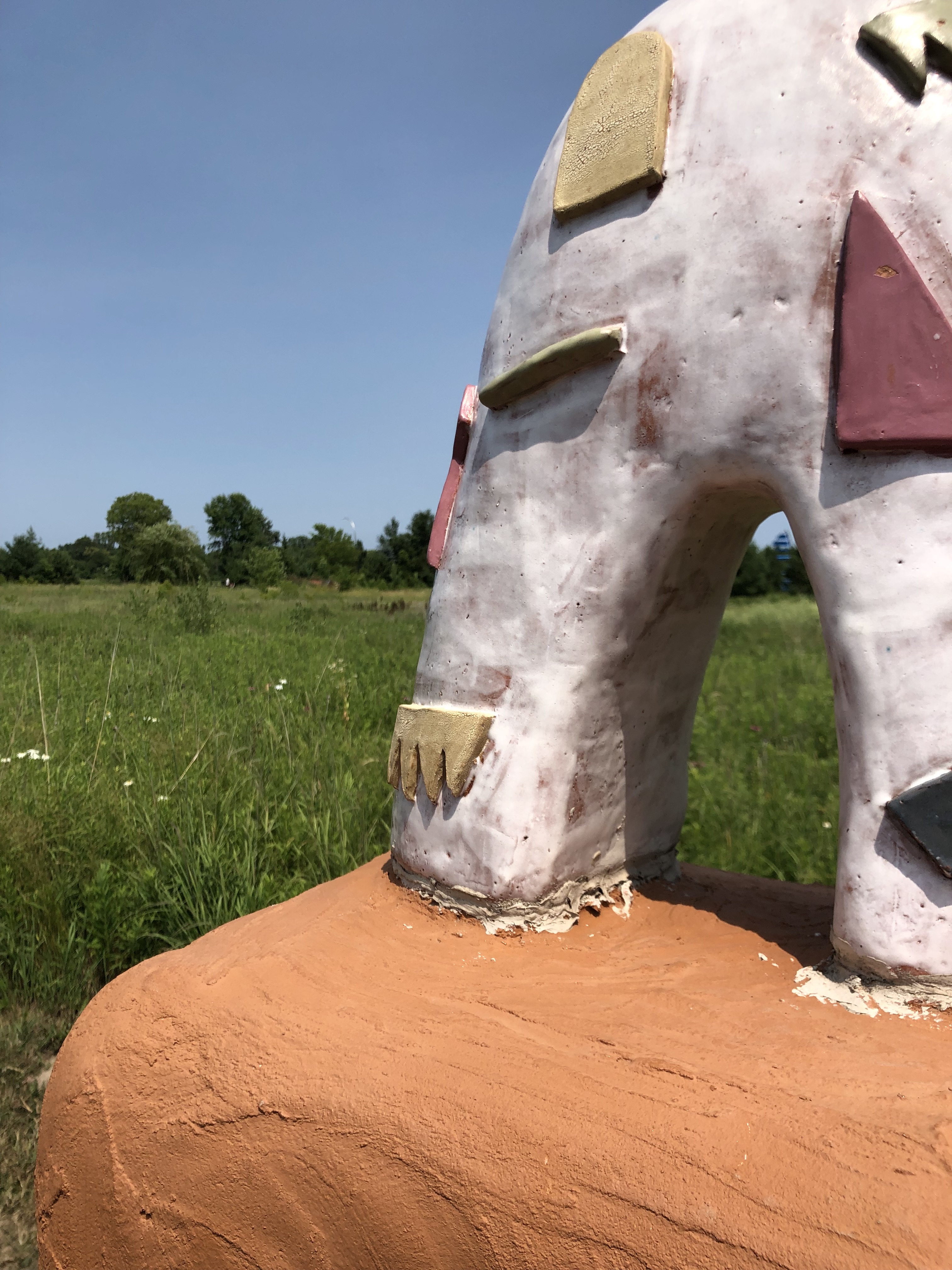
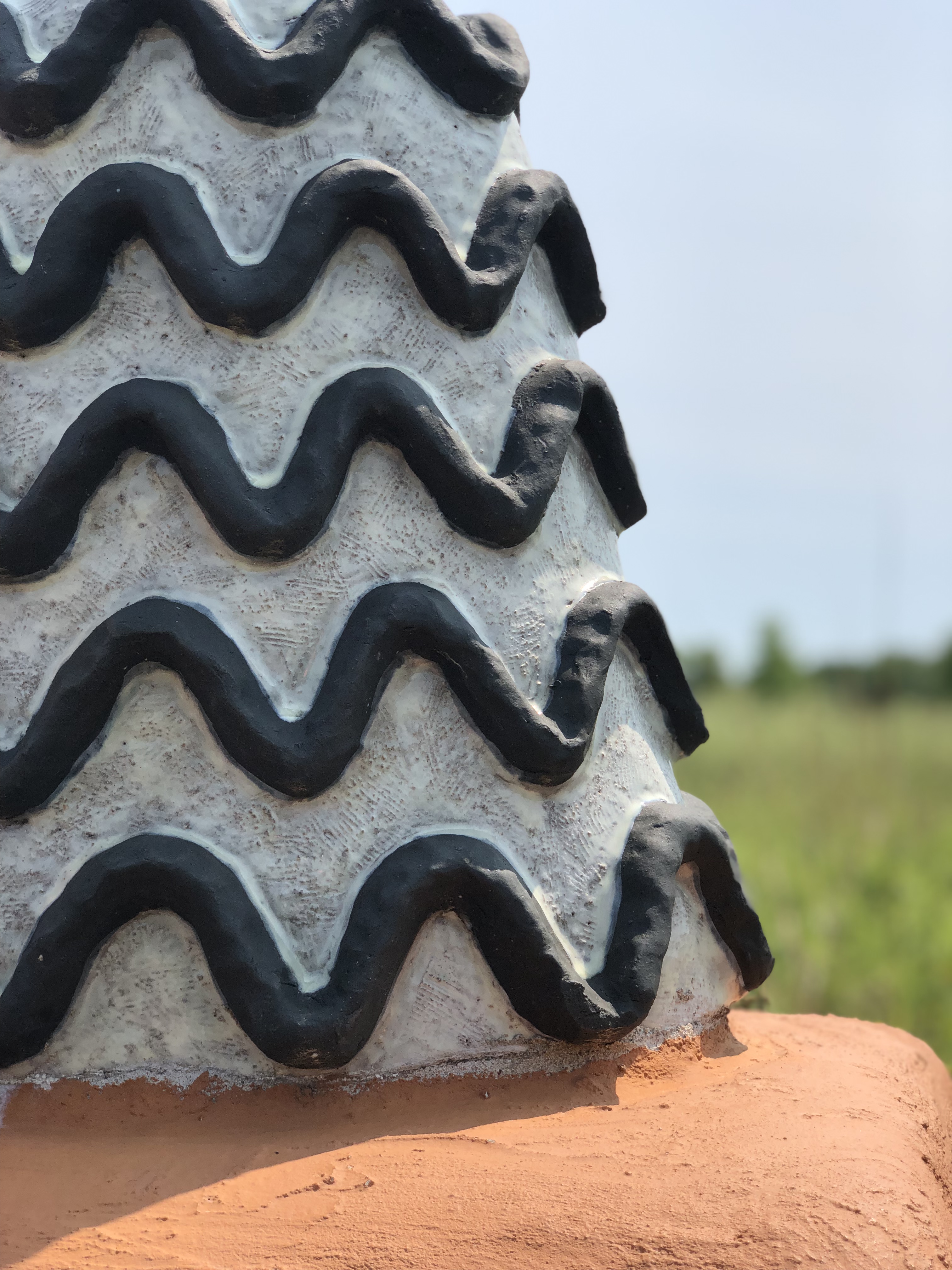
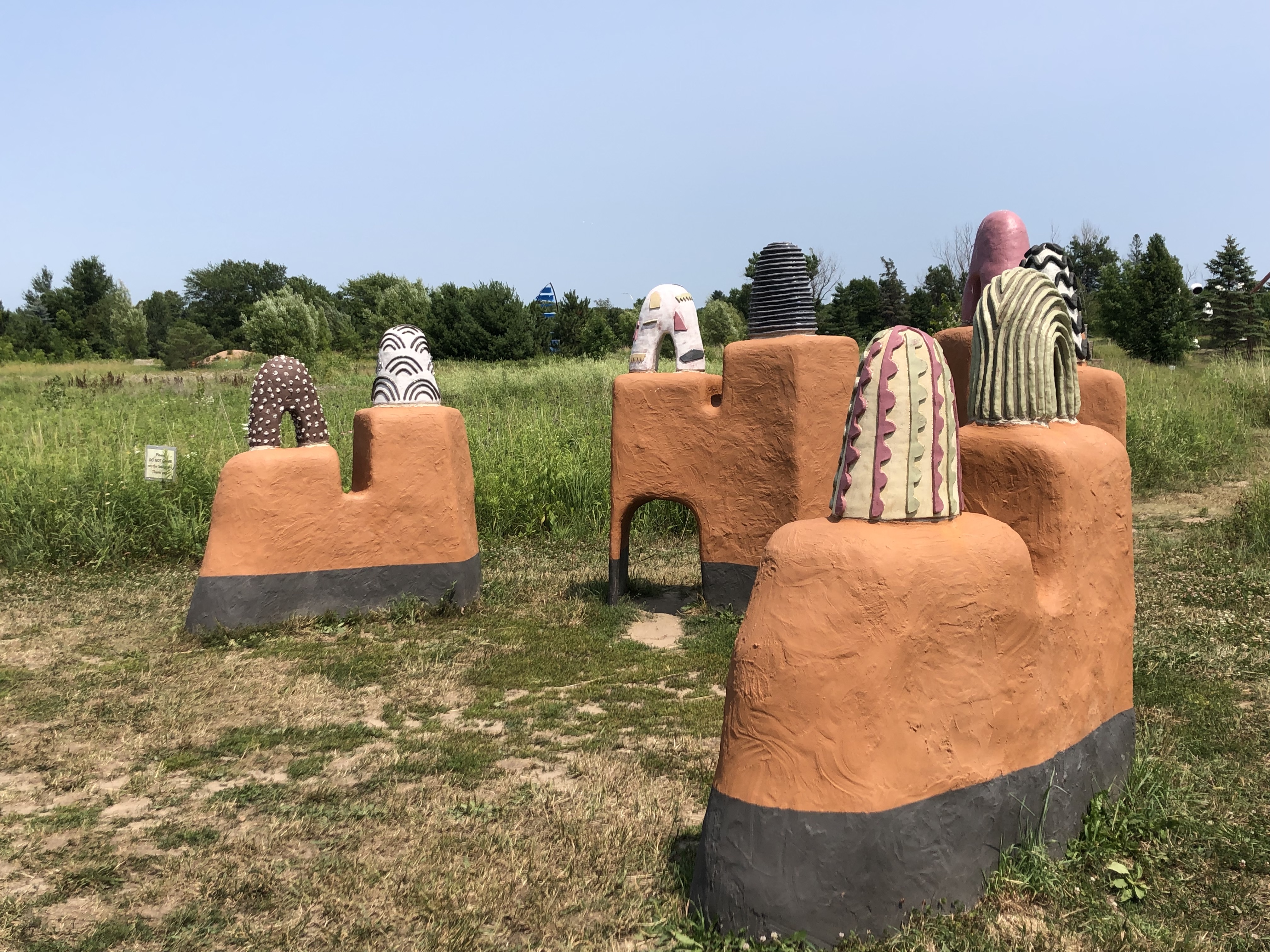
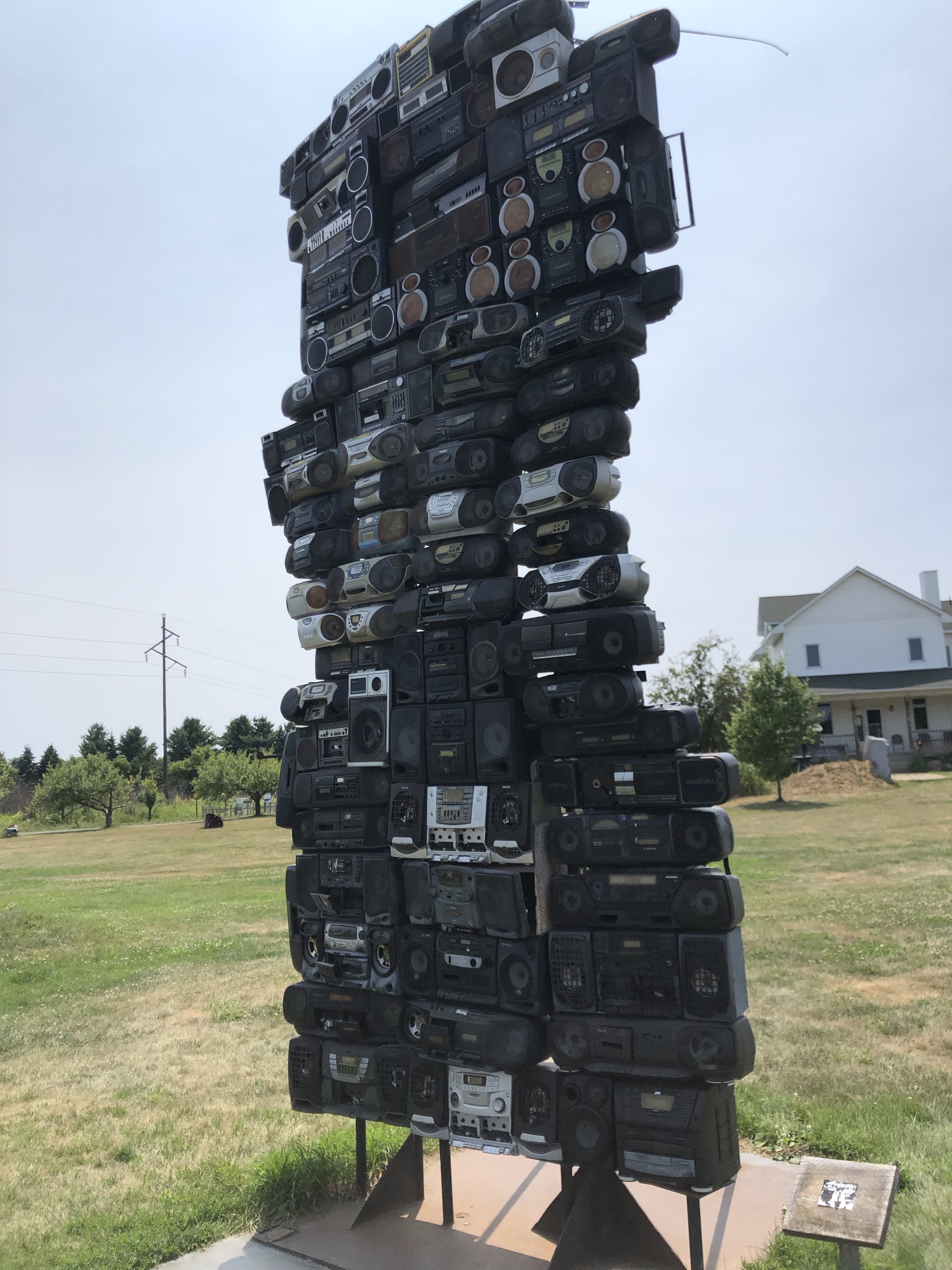
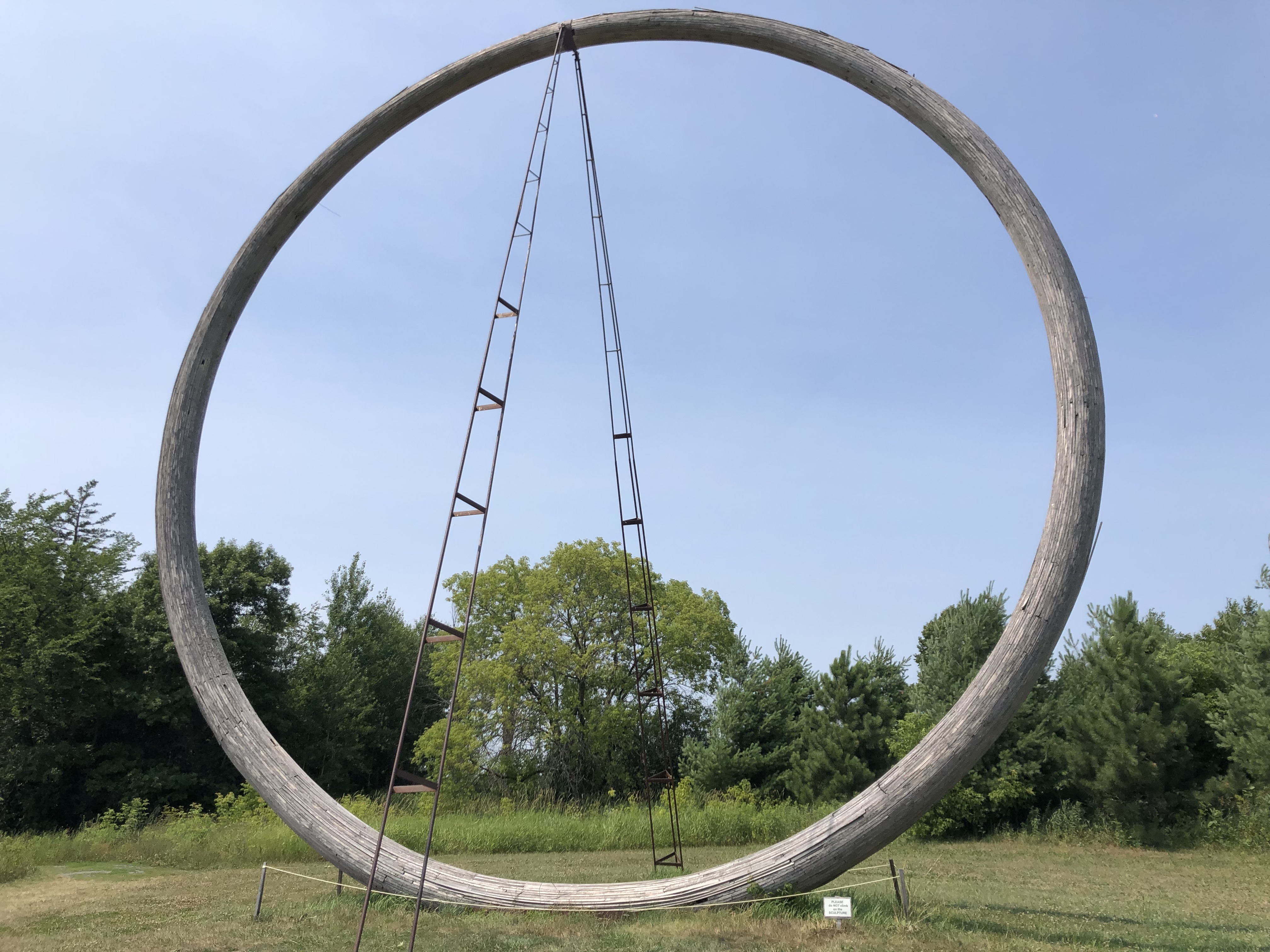
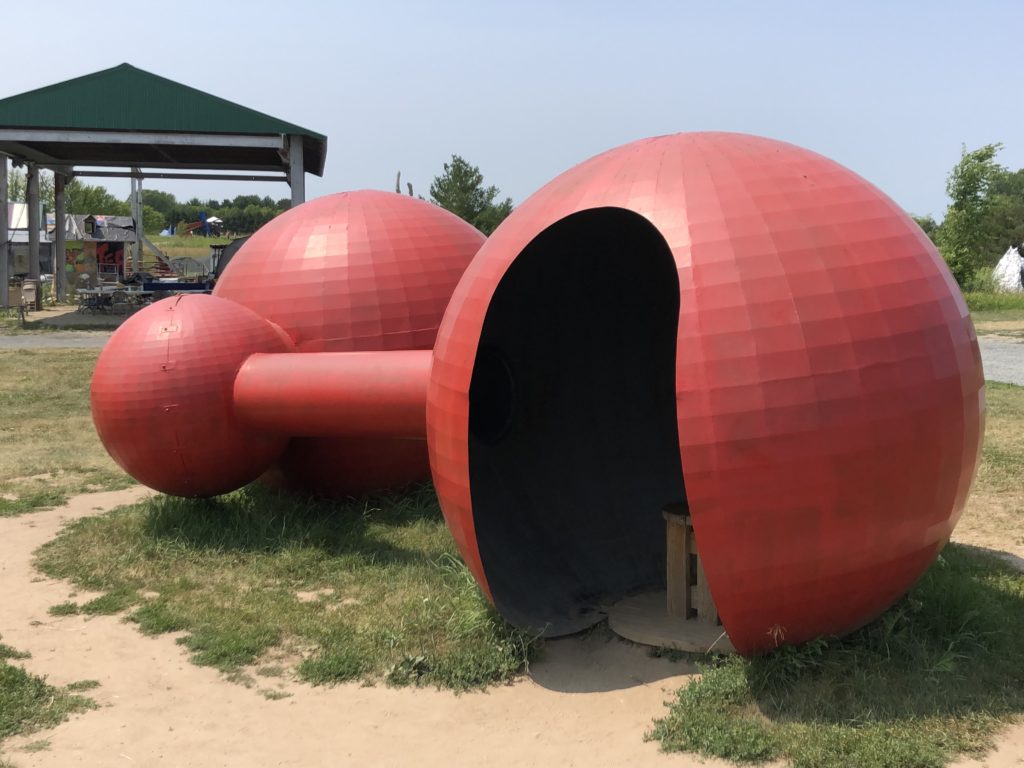
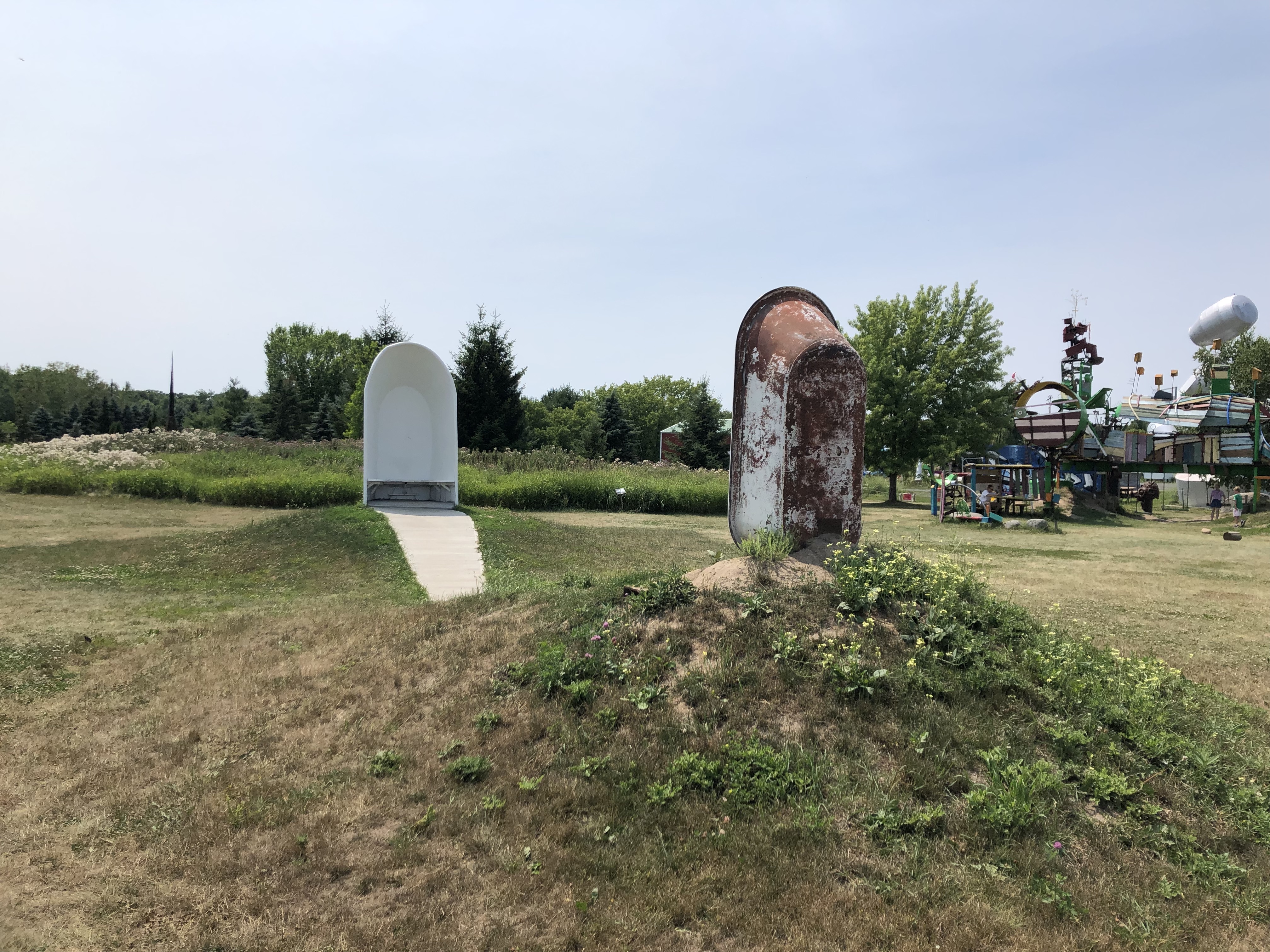
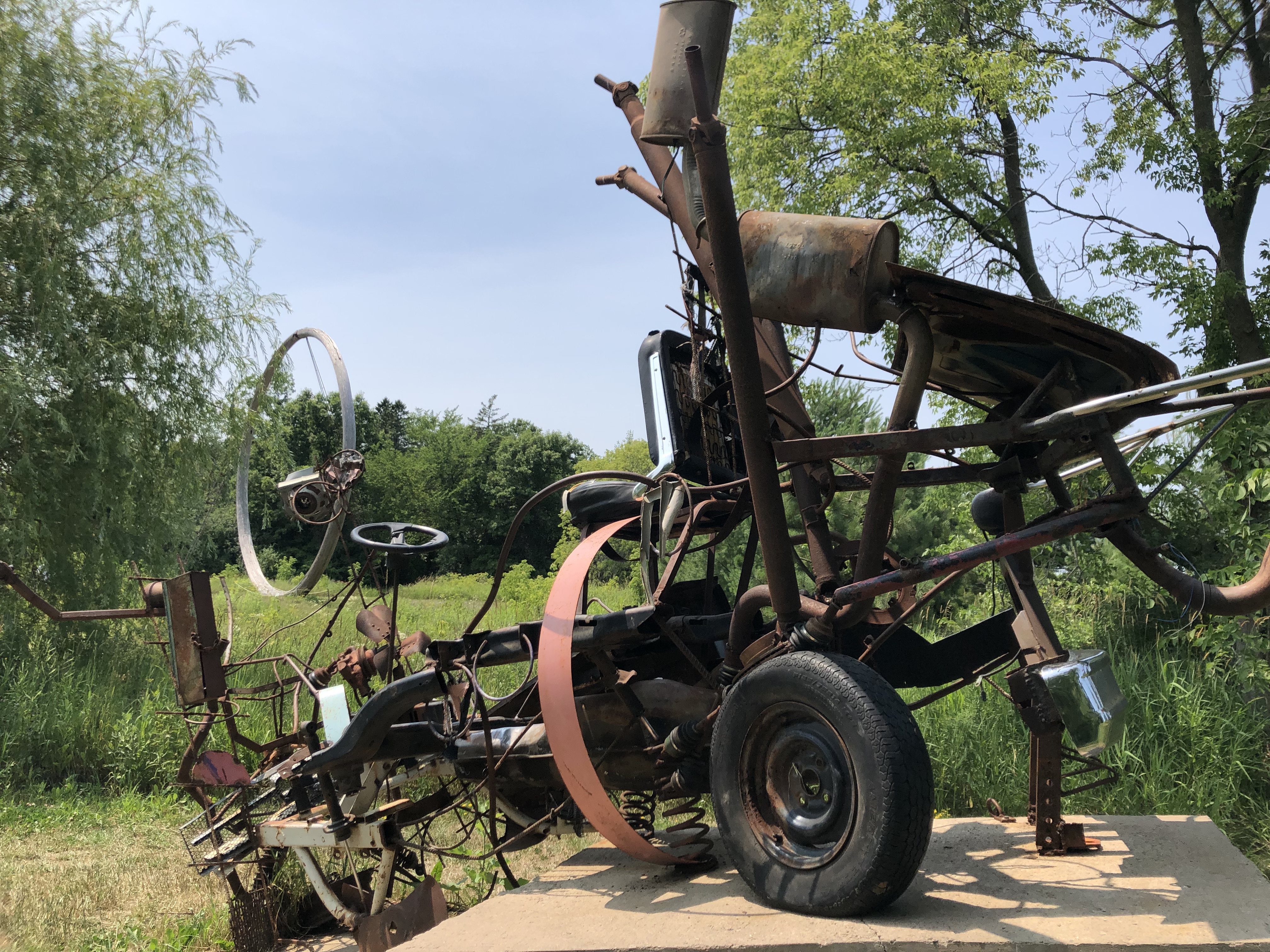
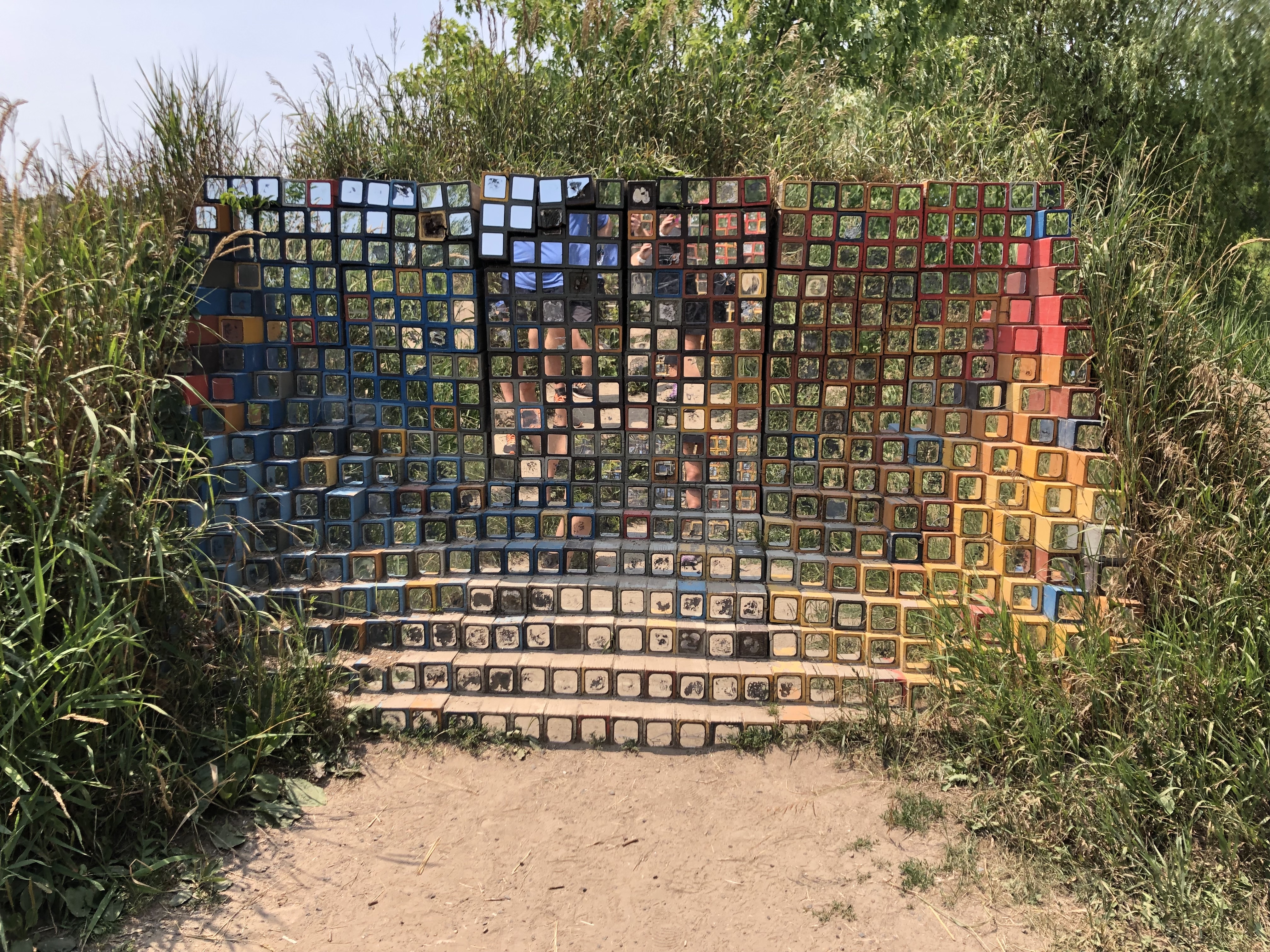
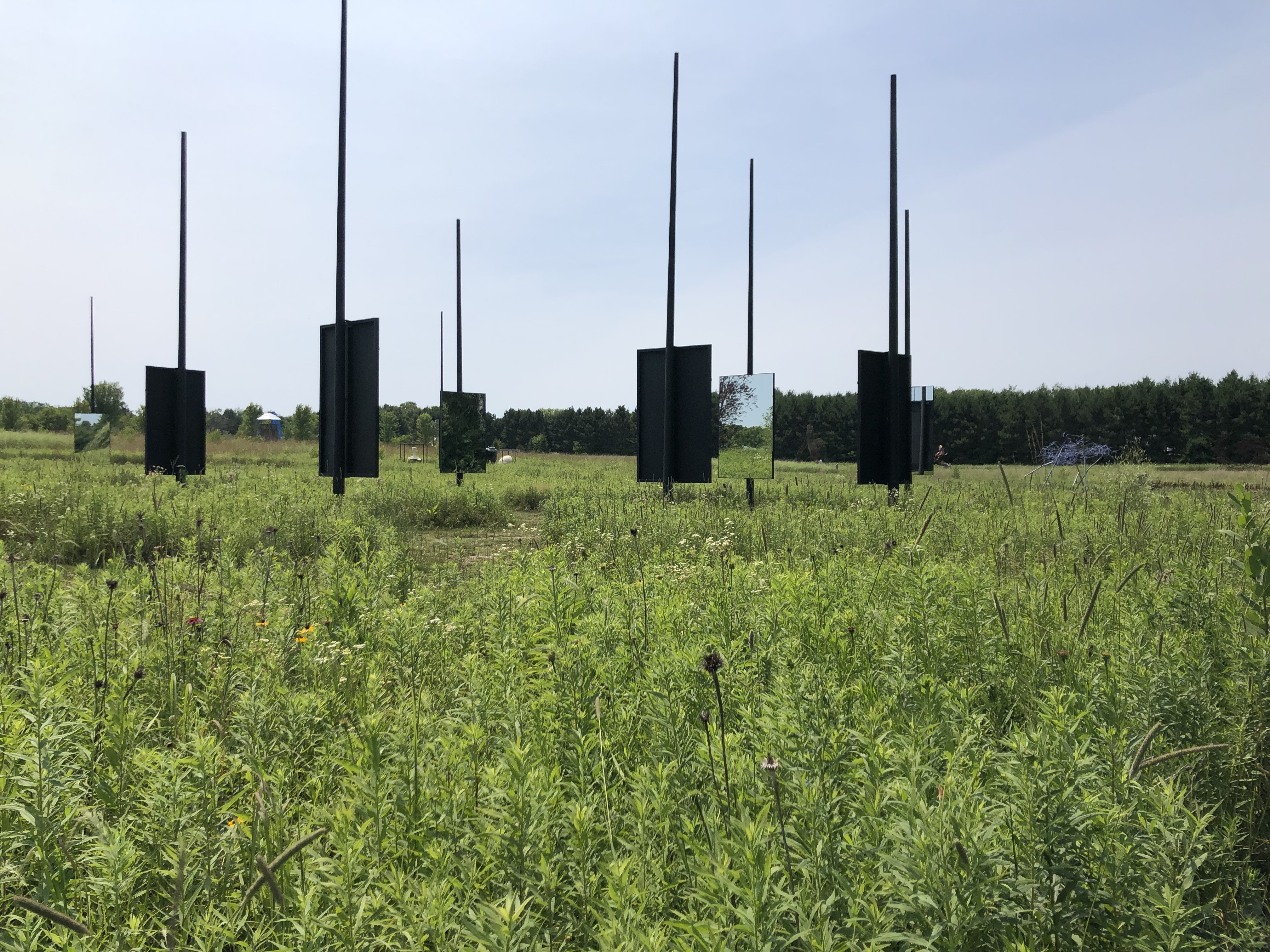
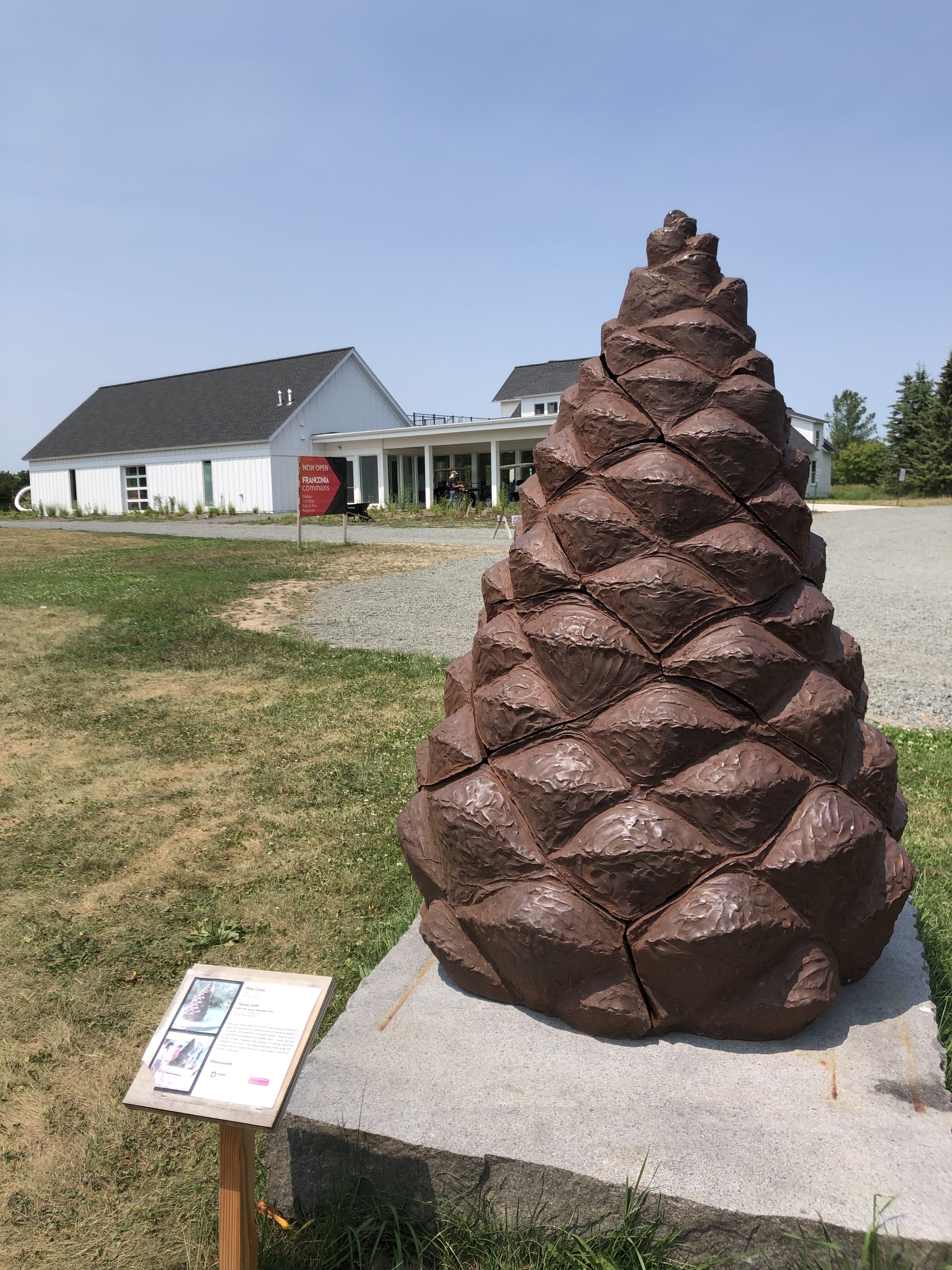
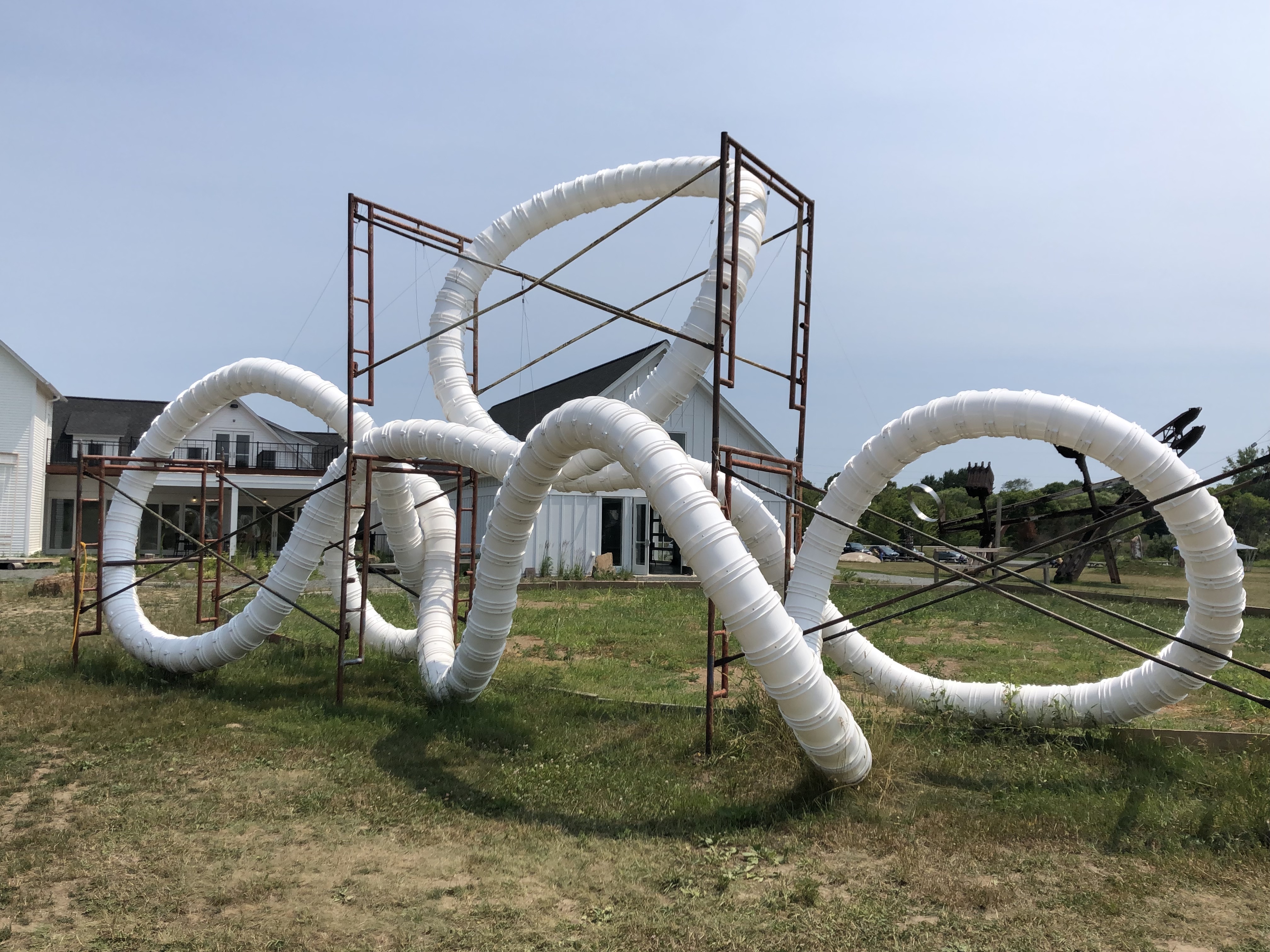
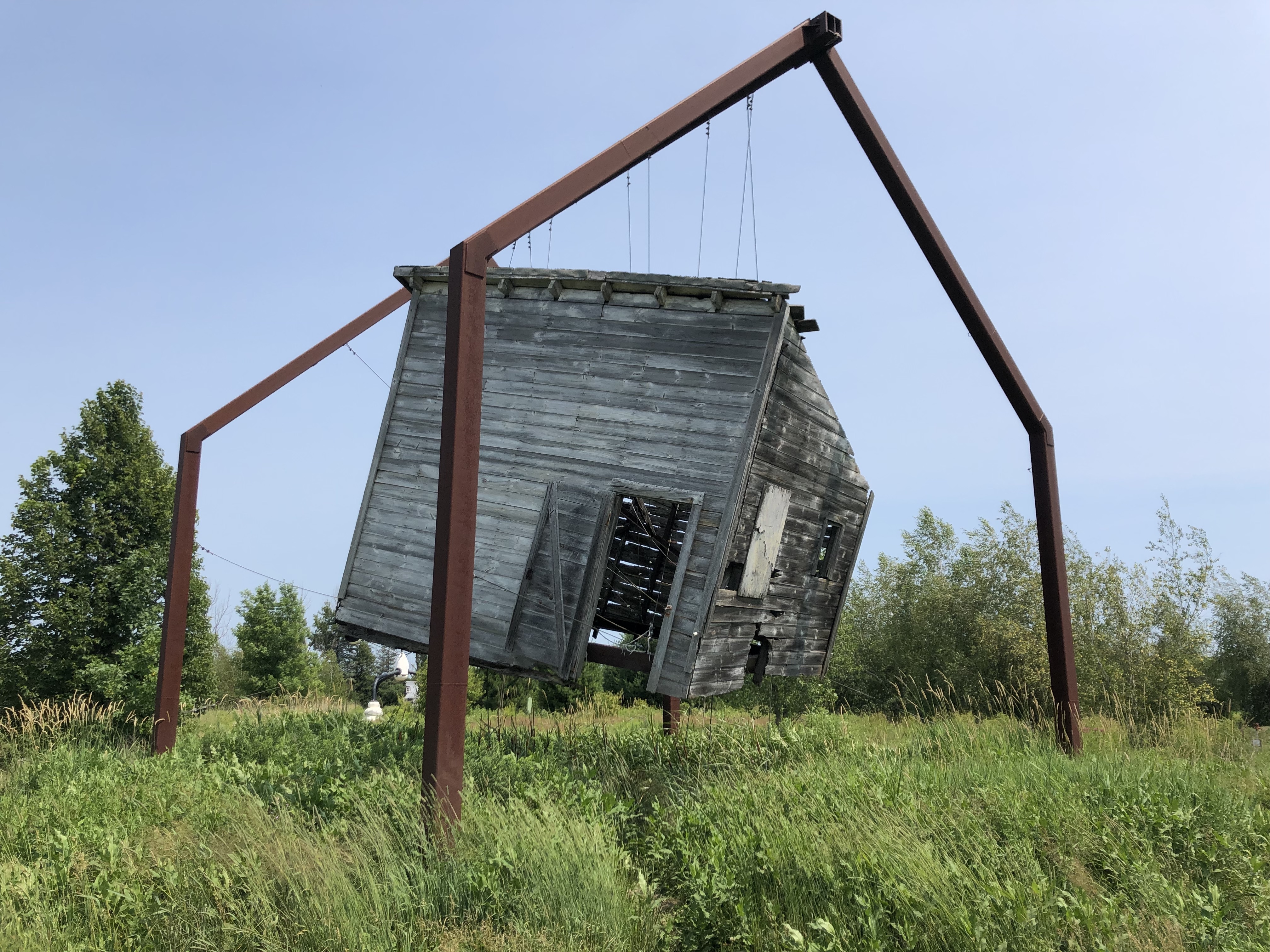
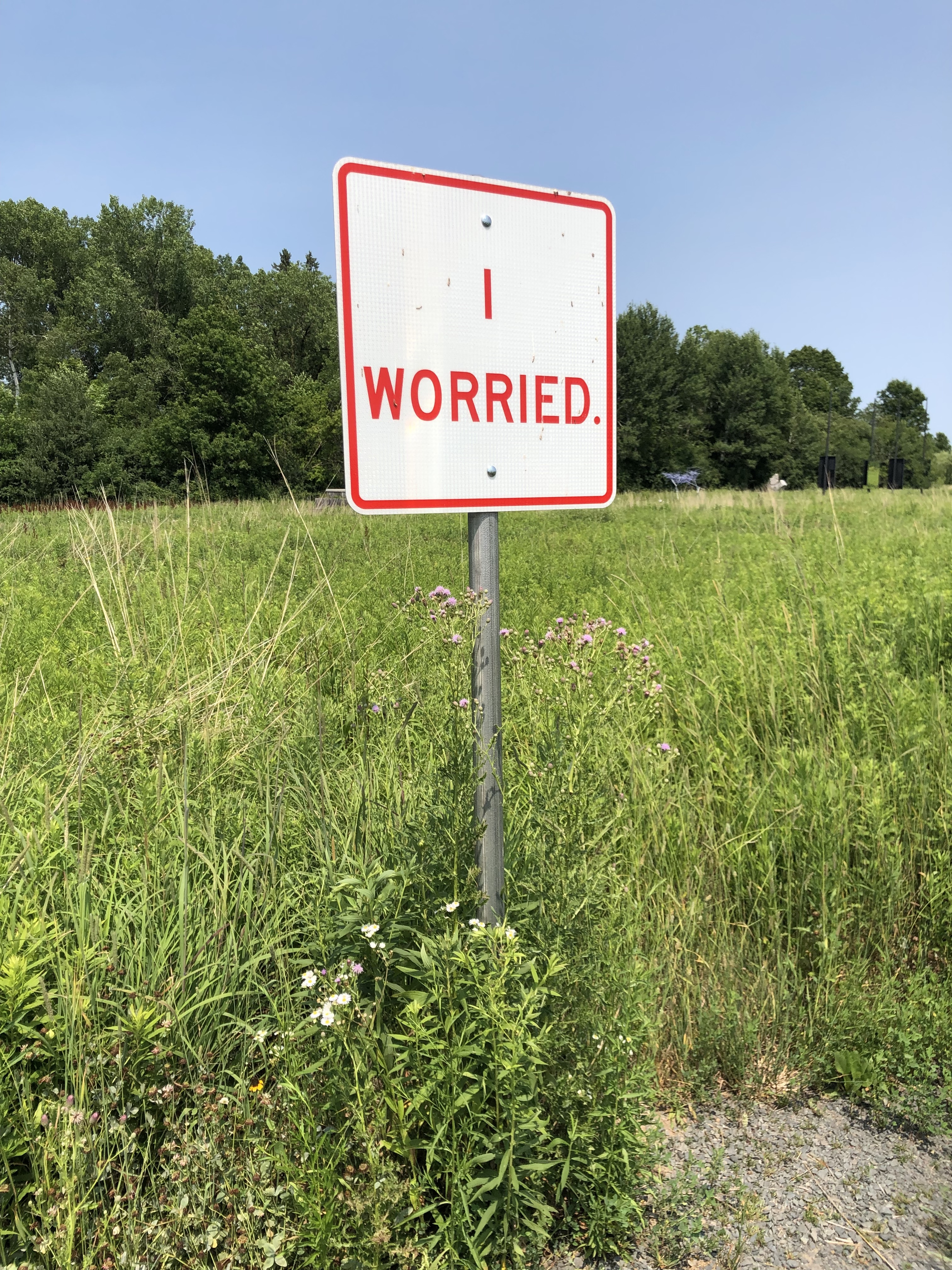
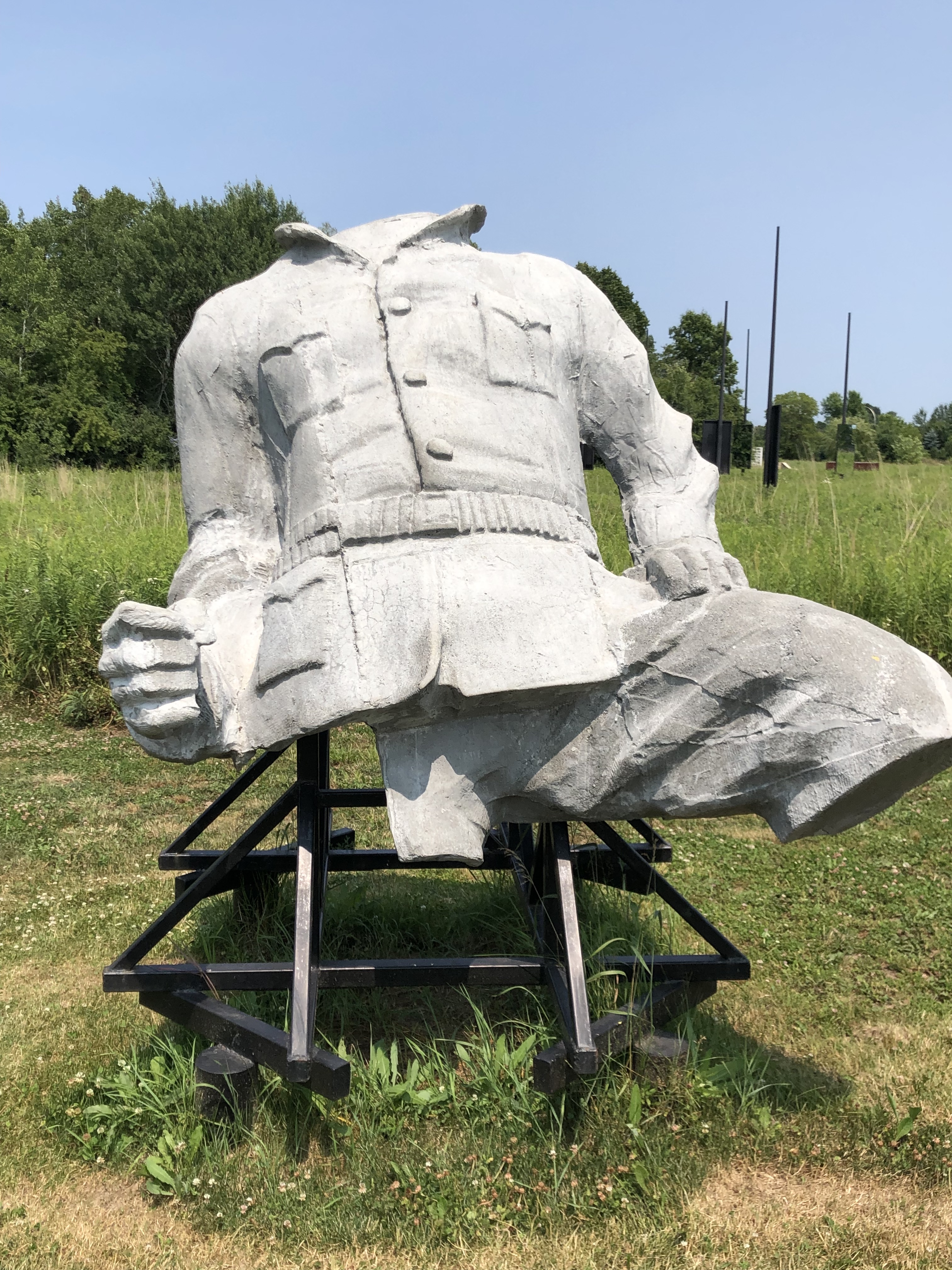
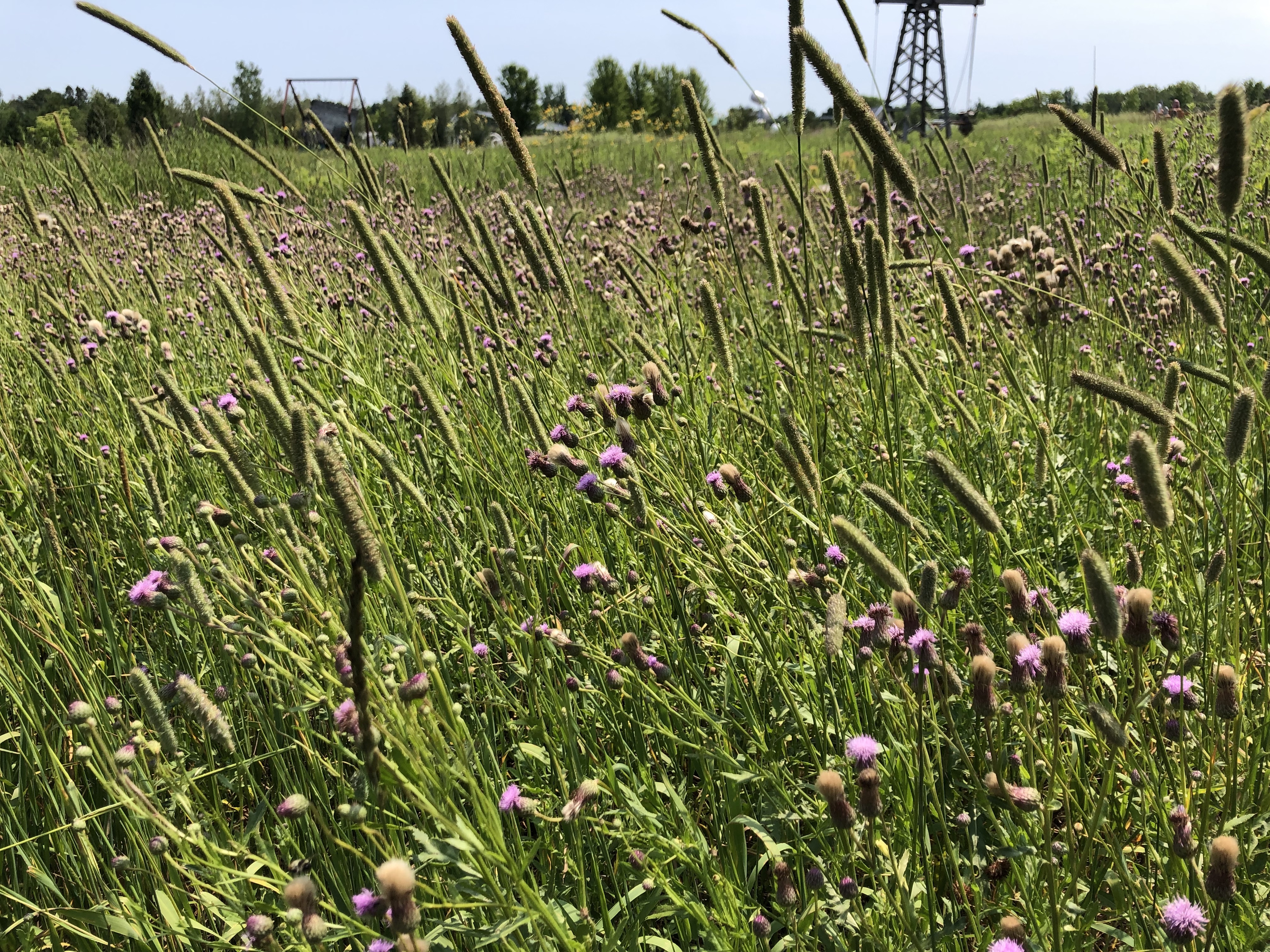

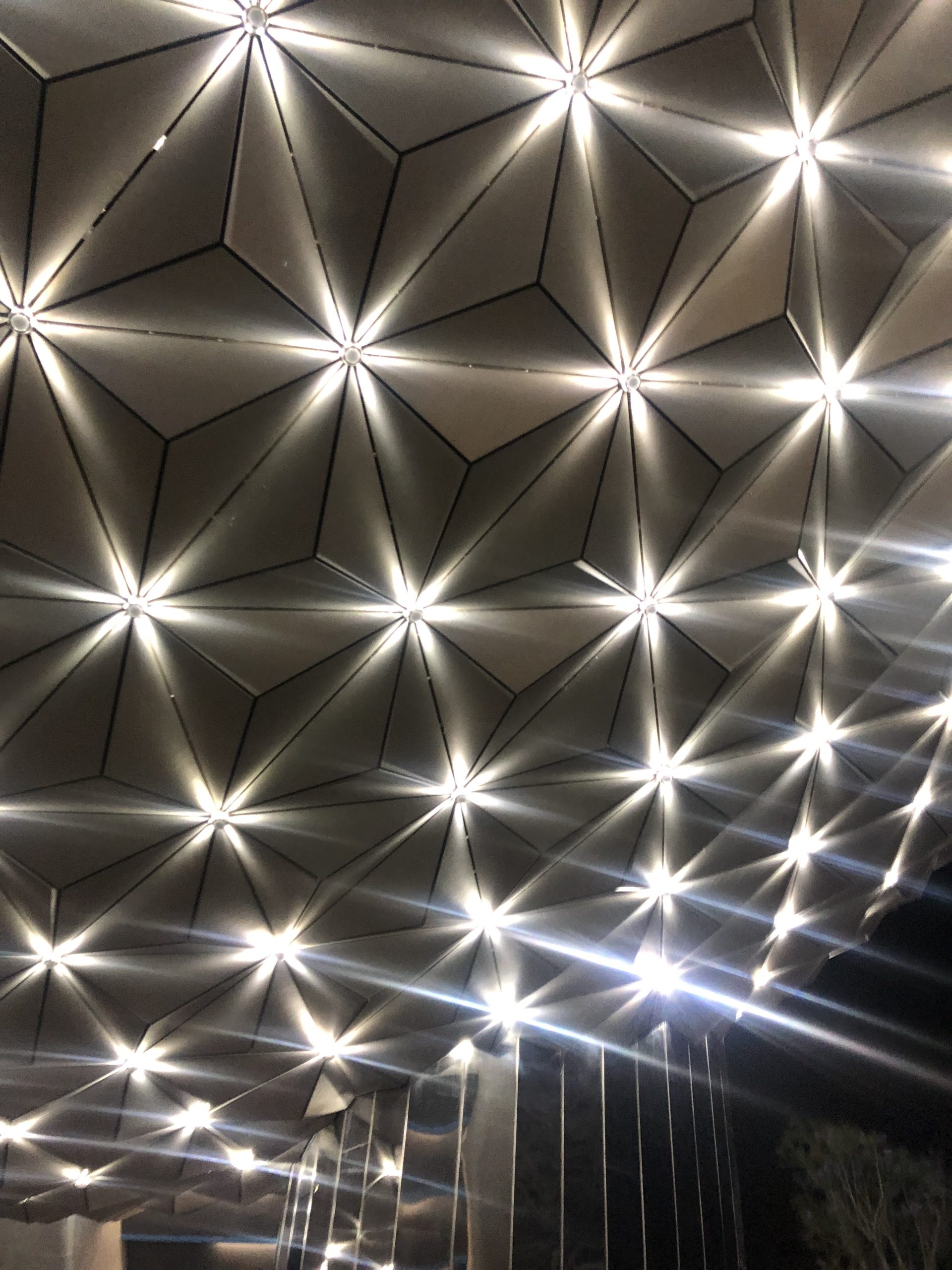
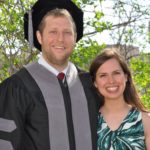
Comments are closed.